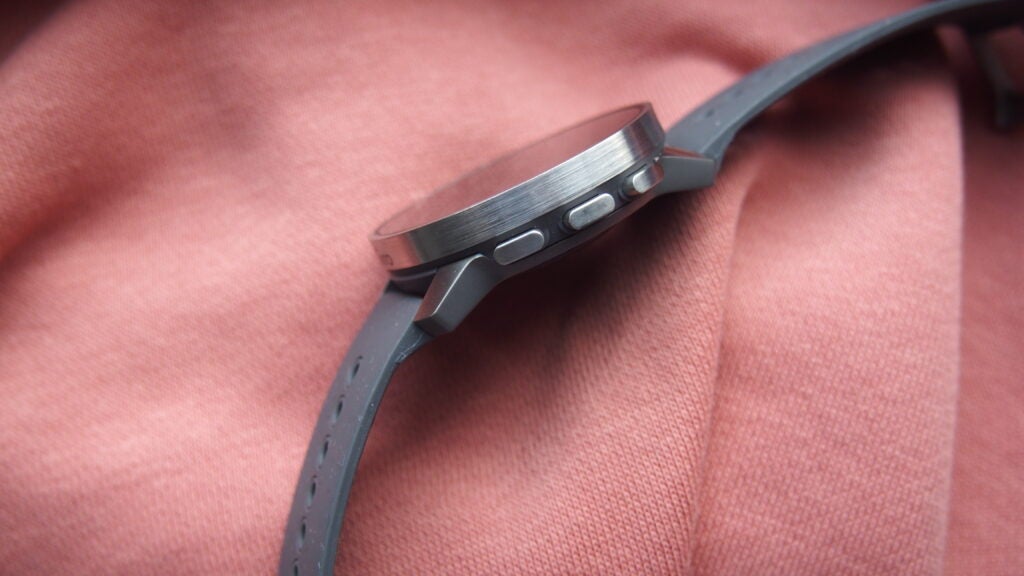The Suunto 9 Peak Pro offers a good core sports watch experience from a mostly attractive look, but is let down by some performance and software issues and there also being much better options in and around the same price.
Pros
- Stylish and comfortable design
- Sports modes aplenty
- Good smartwatch and GPS battery
Cons
- Laggy and unintuitive software
- Disappointingly small display
- Better value watches elsewhere
-
Military grade durability:Designed to withstand all manner of knocks -
Improved processor and redesigned user interface:Promising a smoother overall experience -
95+ sports modes including snorkelling mode:Ideal for fans of watersports
Introduction
The Suunto 9 Peak Pro is a sports watch that wants to track your active time on land and in water and put a design on your wrist that doesn’t look like your typical sports watch.
It’s a new version of the Suunto 9 Peak, which launched in the first half of 2022 with improvements promised in the software, performance and battery departments. There’s also new sports modes here too, all carrying the hope that the Peak Pro can go toe-to-toe with similarly priced multisports watches from Garmin, Polar and Coros.
Is it enough to make the Peak Pro a good upgrade to the Peak and is this one of the best multisports watches out there? Here’s our take.
Design
- 43mm case size
- Titanium and sapphire crystal materials
- 100 metre waterproof
We’ll start by saying that Suunto is talking up the more sustainable approach it took to making the Peak Pro. It’s been built from 100% renewable energy and has a 7.5kg CO2e carbon footprint, so it’s a watch that’s been built in a more planet-friendly manner.
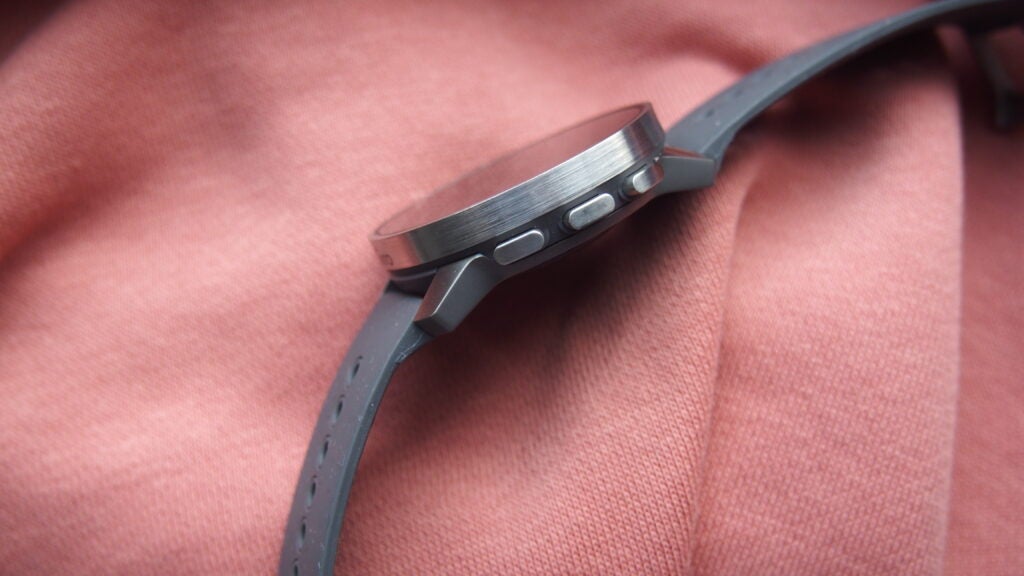
On the design front, the Peak Pro certainly can’t be accused of blending into the sports watch crowd, offering a slim look with high grade materials and a military grade level of durability.
You’ve got a 43mm case as the sole size option, measuring in at 10.8mm thick and weighs 55g. The case material is mainly polymer with the option of either a Titanium Grade 5 or stainless steel bezel and sapphire crystal glass on the screen.
It’s a design that’s waterproofed to up to 100 metres depth and is also safe to be submerged to 10 metres depth if you’re putting it to freediving use.
There are six different looks to pick from here including a ‘customise’ option which lets you pick from five base looks, pick out the straps and add in an engraving for a more personalised touch.
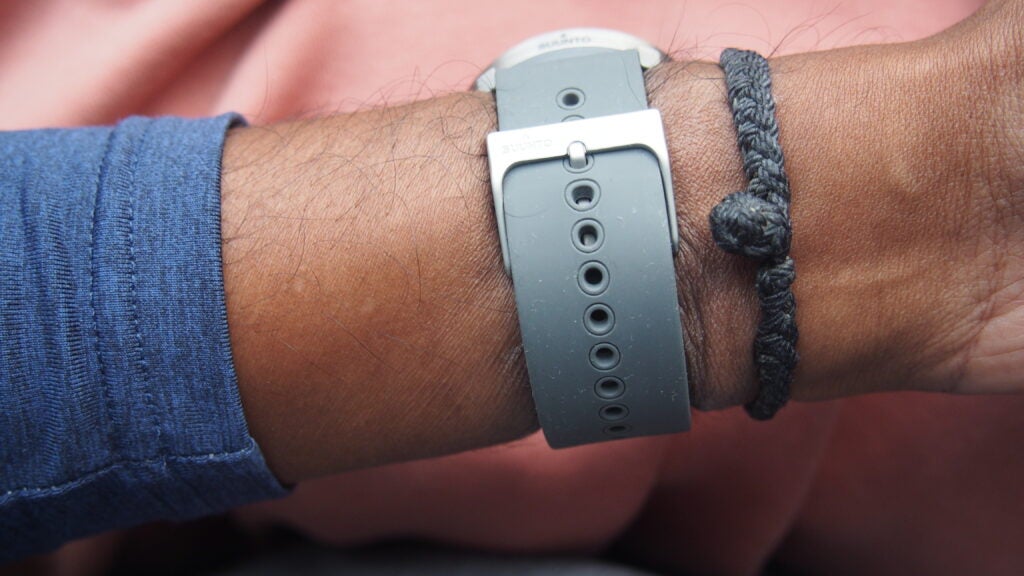
Front and centre is a 1.2-inch, 240 x 240 resolution matrix display, which does also offer touchscreen support to compliment the trio of physical buttons you also get to use to interact with the display. It lacks the colour and vibrancy of an AMOLED screen and there’s a lot of bezel here too. You do get a nice, bright backlight and if you want something that’s easy to read in bright light and in the water, it does perform well on those fronts.
Suunto says it’s beefed up the processing power and redesigned the user interface on the Suunto 9 Peak Pro to make it a more intuitive watch to use than its previous watches and we’d say it’s not quite nailed things on that performance and software front sadly. There’s still some noticeable lag when interacting with the watch via touch and while the UI feels a bit better presented than previous Suunto watches, it simply doesn’t feel as easy to pick up and use as watches from Garmin, Polar and even Coros.
Tracking and features
- 95+ sports modes
- Snorkelling mode
- Breadcrumb navigation and route uploading
The Suunto 9 Peak Pro is packed to the rafters in terms of sports that it can track, and it also serves up features to make it better suited as a training tool and for navigating your surroundings.
On the sports front there’s over 95 activities supported including core ones like running, cycling and swimming. For water lovers, there’s a snorkelling mode, which can dish out metrics like depth and dive time.
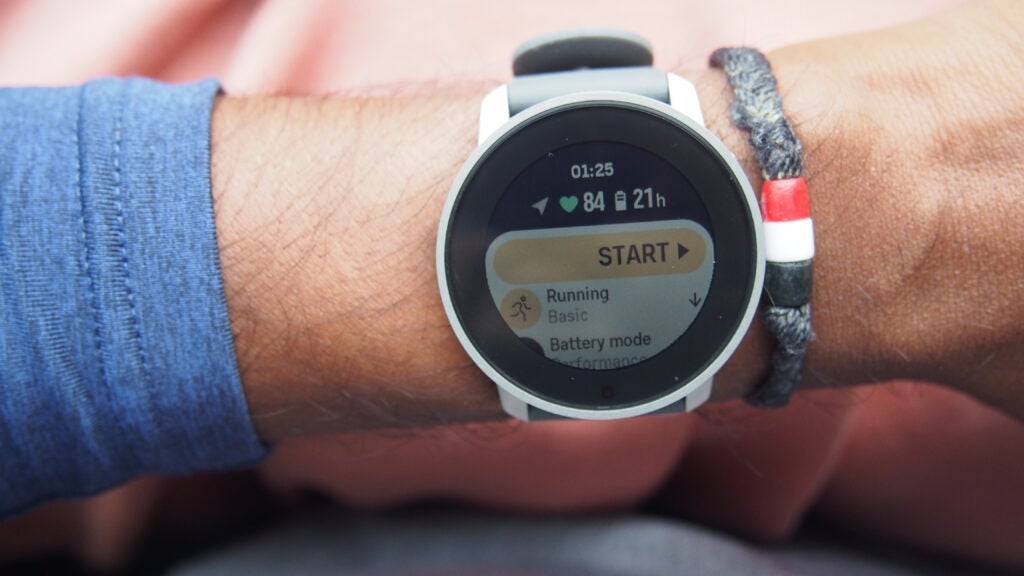
The core sports tracking experience overall is solid, though those sluggish software elements and the small display do hamper things during that exercise time.
GPS performance was good, though at times it took longer than we’d like to lock onto a satellite signal. Suunto offers Best, OK and Low GPS recording rates and in that Best mode for outdoor runs we found data held up well against the Garmin Epix 2. On closer inspection of GPS tracks it did point to us running quite far off pavements. It was a bad performer in an open water swim test as well, leaving us with no GPS tracked routes of our time in the water.
For heart rate tracking, it’s a case of grabbing an external heart rate monitor and pairing that up with the watch instead if you care about a reliable assessment of your effort levels – especially if you’re turning to the Peak Pro’s optical heart rate sensor for regular high intensity interval-style training.
If you’re using the 9 Peak Pro as a navigation tool, then you’re getting the ability to upload routes, use breadcrumb-style navigation and turn-by-turn navigation. You can also use Suunto’s global heatmaps to help plot out routes that other Suunto users followed and are most popular amongst them. It does the job of getting you around or back home but you’ll have to live with following a basic line on the screen as opposed to an actual map giving you a sense of what kind of terrain is around you.
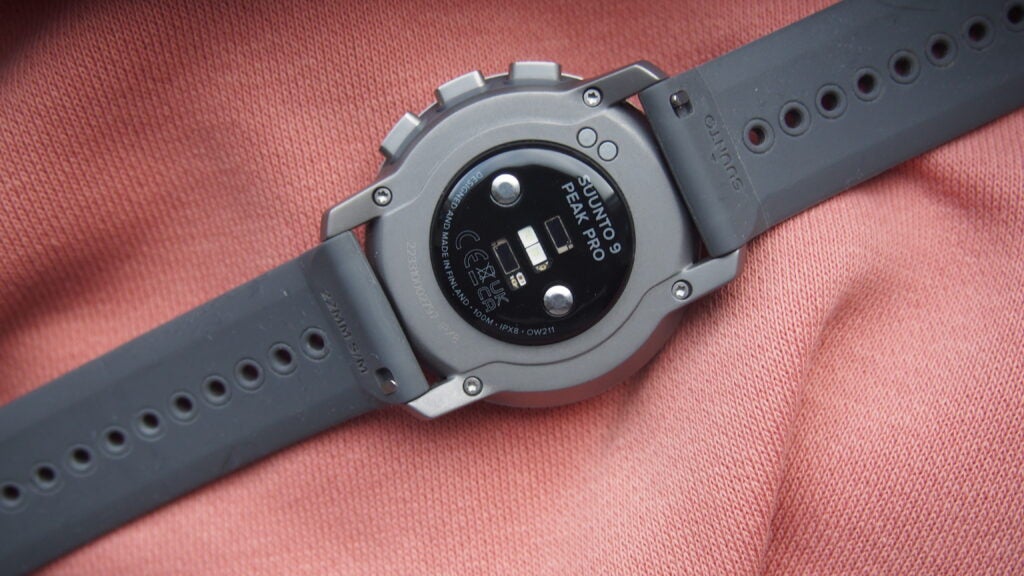
Suunto does offer some training analysis here too if you’re turning to the Peak 9 Pro to help you optimise your training time. It’ll offer recovery time based on logged training, a closer look at your training load and there are some additional training analysis metrics over in the Suunto companion phone app. The presentation of these metrics isn’t particularly engaging, nor does it do a good job of helping you make sense of what they mean in context of your training.
If you want to use the Peak Pro to do things like view phone notifications, control music playing on your phone and to track your daily steps and monitor sleep time, then you’ve got that support here too. You can set targets for daily steps and calories burned and also monitor heart rate on a daily basis. Sleep tracking is disabled out of the box but when enabled it will capture sleep duration, time spent in different sleep stages and the time at which you’ve fallen asleep.
If you compare how similar features are treated by Garmin and Polar, we’d say that Suunto doesn’t quite live up to the same standards or really make those features feel like a core part of what it’s like to live with the Peak Pro day-to-day.
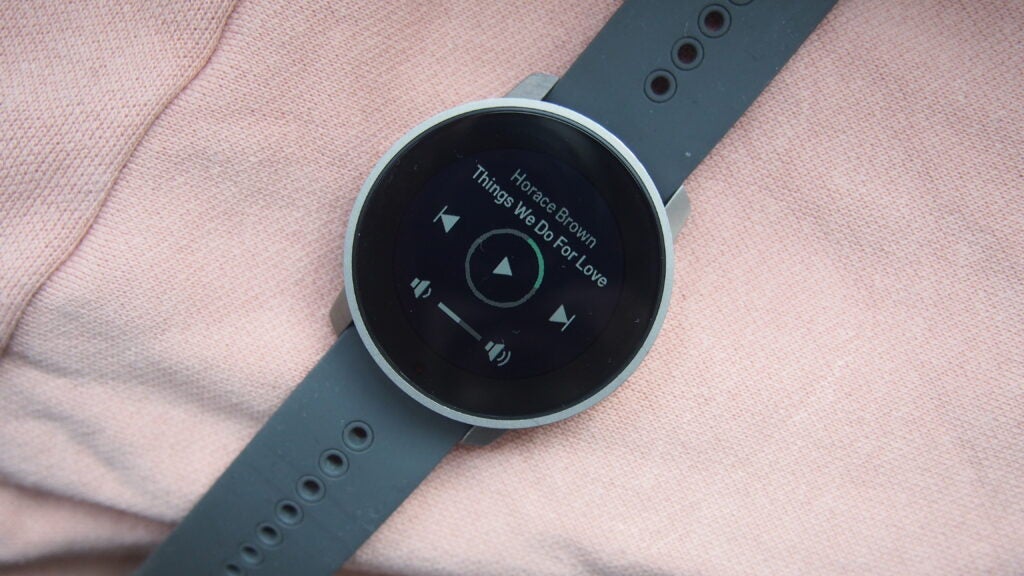
Battery life
- Up to 21 days in smartwatch mode
- Up to 30 days in watch mode
- Up to 300 hours GPS battery life
Suunto has given the 9 Peak Pro a boost in battery on all fronts when you match it up to the 9 Peak.
The key ones are that it’s up from seven days to 21 days in smartwatch mode, which means using it for activity tracking and receiving phone notifications. Suunto has also boosted battery life in the best GPS mode, going from 25 hours to 40 hours. In the more battery-friendly GPS mode, you’ll get 300 hours as opposed to 170 hours. Those are some big improvements on paper.
In practice the 9 Peak Pro really does power through. This is a watch that can last for weeks and those best GPS mode battery numbers do ring true. There’s no horrible daily battery drop-off, so if you want a sports watch that can comfortably survive a week away from the charger, the 9 Peak Pro is certainly capable of that.
When you do run out, it’s a pretty quick charger too. You’ll get from 0-100% in an hour and a 10-minute spell clipped to the proprietary charger will give you enough for 10 hours of tracking.
Should you buy it?
You want a stylish, good performing sports watch: The Suunto 9 Peak Pro looks great and the core sports tracking is great too. If those are things you care about, they’re the biggest reasons along with battery life to grab it.
You want the best sports watch under £500: When you compare particularly what Garmin and Coros offer you for the same money, it’s hard to say the Suunto 9 Peak Pro is a stronger option.
Final Thoughts
The Suunto 9 Peak Pro is undoubtedly a lovely looking multisports watch and Suunto definitely deserves some plaudits for a few of the design decisions it’s made with the Peak Pro. Its real issues lie with the software, which does promise strong sports tracking performance that’s let down by a sluggish interface. There are some nice improvements on the Suunto 9 Peak, but ultimately when you compare it to the competition, it struggles to offer a big reason as to why you’d go for it over something similarly priced from Garmin, Polar or Coros.
FAQs
No, the Suunto 9 Peak Pro cannot take calls over Bluetooth and doesn’t include LTE connectivity to offer that extra cellular support either.
Yes, the Suunto 9 Peak Pro is compatible with iPhones and Android phones but some features like the ability to send predefined replies to messages is only supported when paired to Android phones.
Sustainability
TrustedReviews’ holds the fact that global warming is not a myth as a core value and will continuously endeavor to help protect our planet from harm in its business practices.
As part of this mission, whenever we review a product we send the company a series of questions to help us gauge and make transparent the impact the device has on the environment.
We currently haven’t received answers to the questions on this product, but will update this page the moment we do. You can see a detailed breakdown of the questions we ask and why in our sustainability info page.

